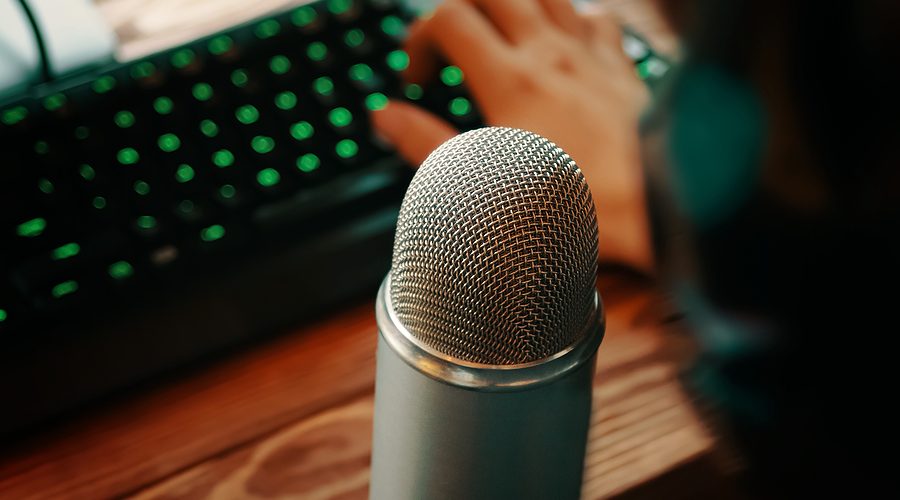by Dominic Pates, City, University of London, UK.
Covid lockdowns forced most universities to move from predominantly in-person teaching practices to fully online ones. This sudden situation in 2020 impacted institutions worldwide and almost simultaneously. However, the varying approaches that different countries took to lifting lockdown restrictions meant that there was a lot more variety in where teaching happened as the rhythm of the academic year attempted to return to more familiar practices.
Many institutions in Europe, North America and elsewhere started exploring hybrid teaching – where in-person and online presence is combined in real time – at scales previously unheard of. Some built on existing capacities. Others entered this brave new world for the first time. Some did so in small and experimental ways. Others retrofitted their campuses at scale and speed to facilitate hybridity almost everywhere. Some tried to bridge a gap between those who still needed remote access to their university and those who were returning to in-person activities again. Having experienced new flexibilities from their sudden immersion in online learning, others wanted to continue to explore the possibilities that they had newly discovered.
A new podcast

What impact has all this had on teaching and learning? James Rutherford, Dr Ivan Sikora and myself decided to find out more about how this sudden explosion of emerging practices in hybrid teaching was working out for individuals and institutions. In Summer 2021, we launched a podcast called ‘Teaching Here And There’ (aka ‘THAT podcast’) that engaged new and more experienced practitioners from hybrid teaching and learning contexts in a series of conversations that was openly shared on all common podcasting platforms. Although it was primarily a chance to find out what others were saying and experiencing about hybrid teaching, I also found it an opportunity to learn more about podcasting itself and explore what possibilities the medium held as a research methodology.
We have published 17 episodes of the podcast to date, featuring a wide variety of guests and plenty of different angles on the topic of hybrid teaching in HE. These have ranged from insights into literature reviews on the subject, implications for staff development or on communities of practice, to perspectives that brought in American and European universities as well as students and IT staff. We have spoken to experts in learning spaces development, environmental psychology, and arts practitioners too.
In one episode, we used a hybrid learning space as a device for recording a podcast itself. Following James’ panel appearance at Media & Learning 2022, we even managed to fit in a discussion with Dr Brian Beatty, who coined the term ‘HyFlex’ (meaning hybrid in mode and flexible for students to choose their preferred mode) back in 2006. It’s important to recognise that this practice is not entirely new, it’s the scale and the context that is.
Insights
The insights have been plentiful. From Episode 1, we heard about the challenges of conducting group work in this way, as well as the extraneous cognitive load that hybrid teaching can have on teaching staff. In Episode 2, our guest spoke passionately about the importance of bringing the student voice into the hybrid teaching session, both literally and figuratively. Our academic guests in Episodes 3 and 15 talked about the importance of the campus experience for students, the positive and negative impacts of hybrid on students’ sense of well-being or of feeling included, and the challenges of timetabling hybrid classes. In Episode 4, we discussed the importance for staff of being able to focus more on the teaching practice than the technology, as important as that also is.
Our technology specialists in Episodes 8, 10 and 11 gave us some fascinating background into how hybrid teaching equipment had been deployed at scale across their institutions, about the ‘re-privileging of the classroom’, and reinforced the importance of making these environments learner-centred. We did just that in Episodes 12 and 13, where students from both of our respective institutions – City, University of London and the University of West London – gave us their reflections on shared but varied experiences.
Call to action
So far, we have amassed over 1,600 plays of the series and have received a handful of positive comments from listeners, so we know that THAT podcast is providing some benefit to others in the sector. For the final episode of this season, we are turning to our listeners.
If you would like to guest in an episode, go to this link on Anchor.fm and send us an audio message in response to the following three questions:
- What is your experience of hybrid teaching or learning?
- What do you think are the key benefits and challenges of this mode of education?
- What do you think the future holds for hybrid teaching?
Don’t forget to include name and affiliation. We look forward to hearing from you!
Editor’s note: Dominic will be presenting at the MLA seminar “How do universities support educational podcasts?” on Thursday 26 January 2023, find out more and register here.

Author
Dominic Pates, Senior Educational Technologist at City, University of London, UK














